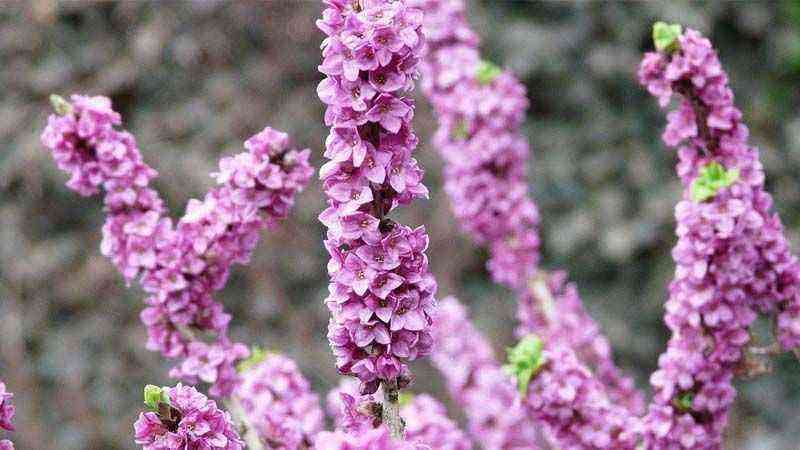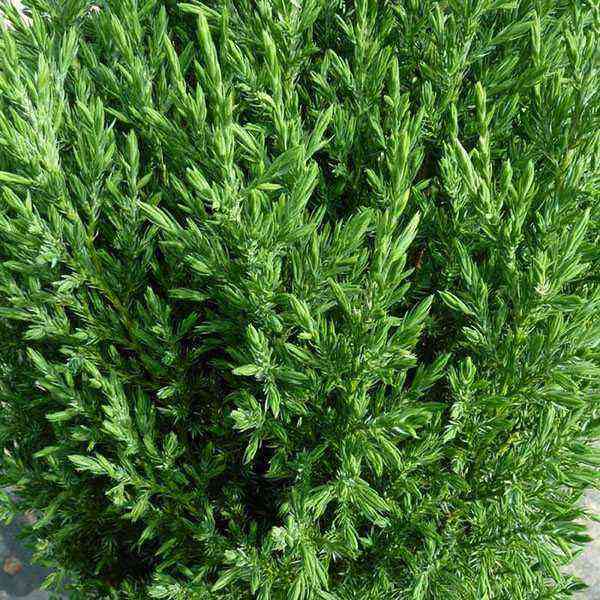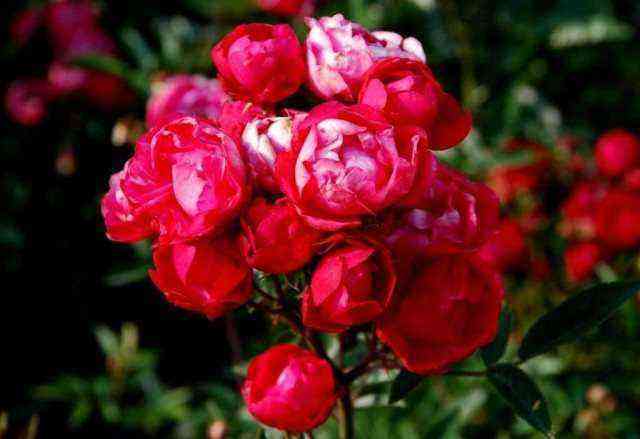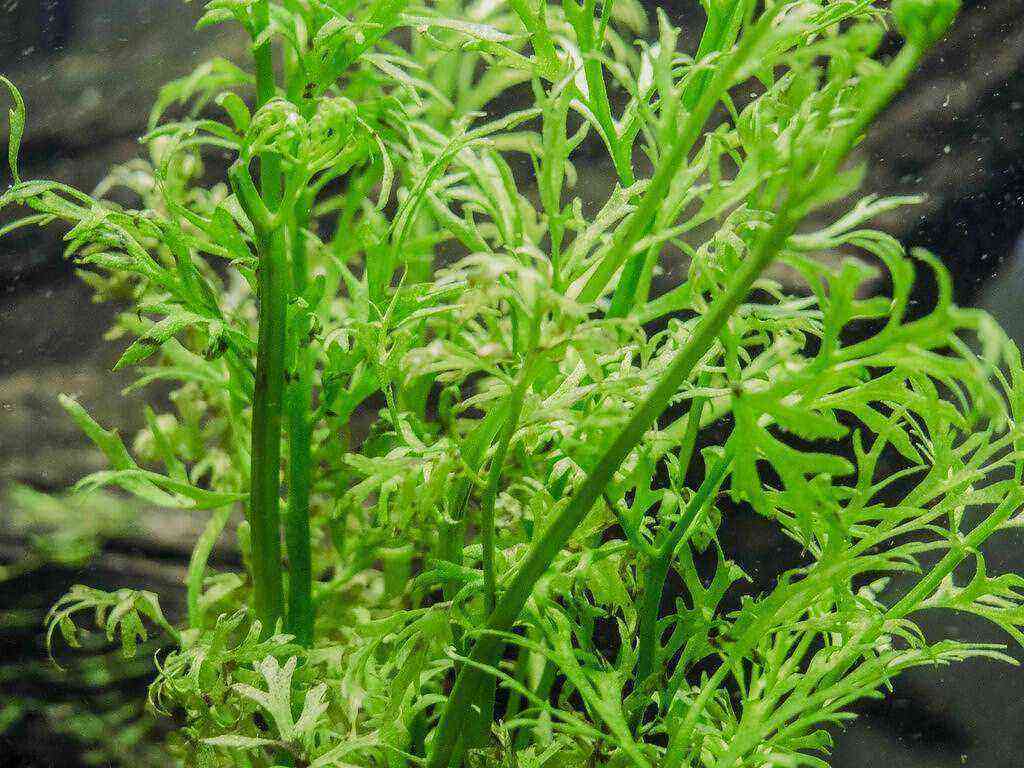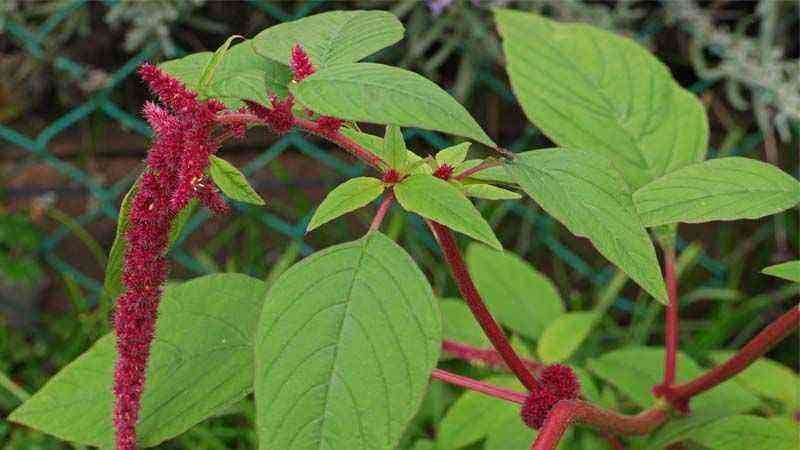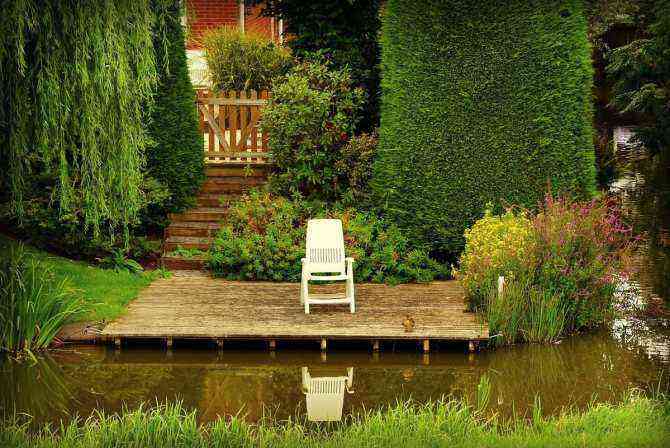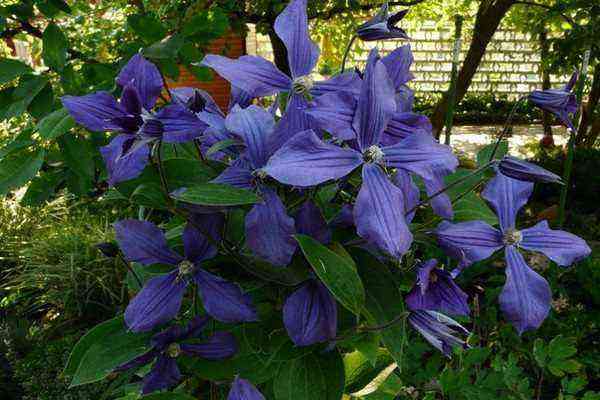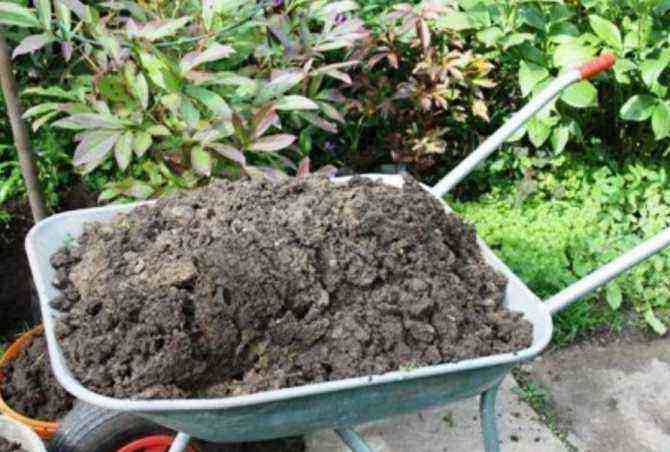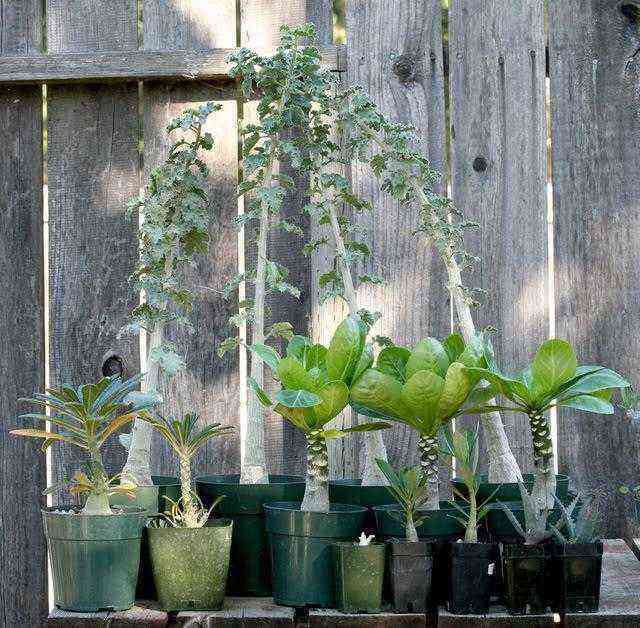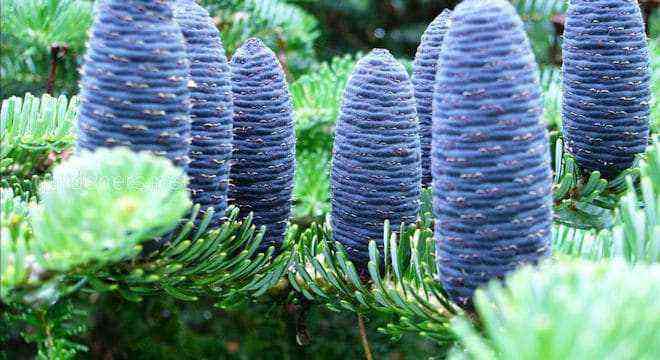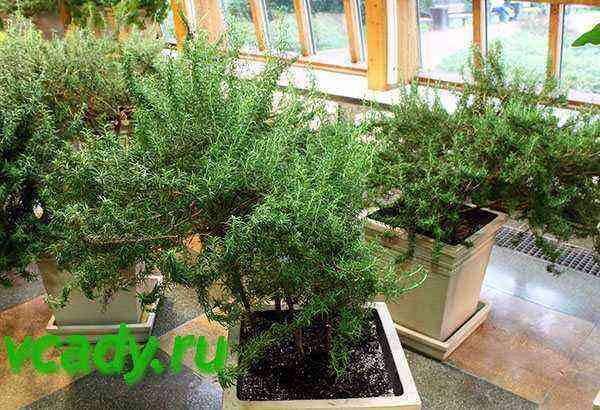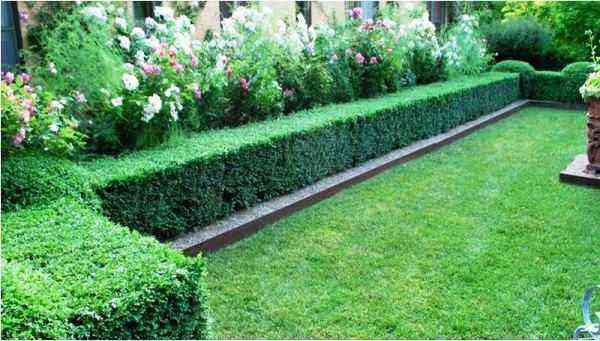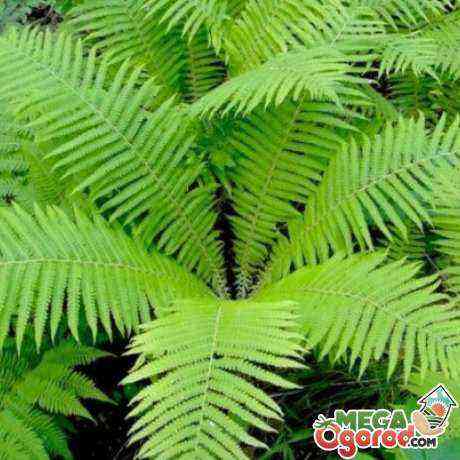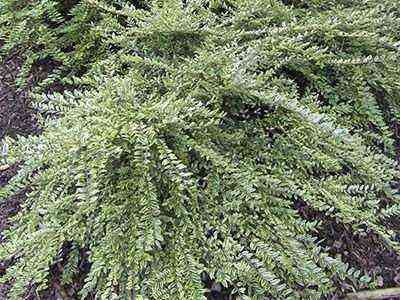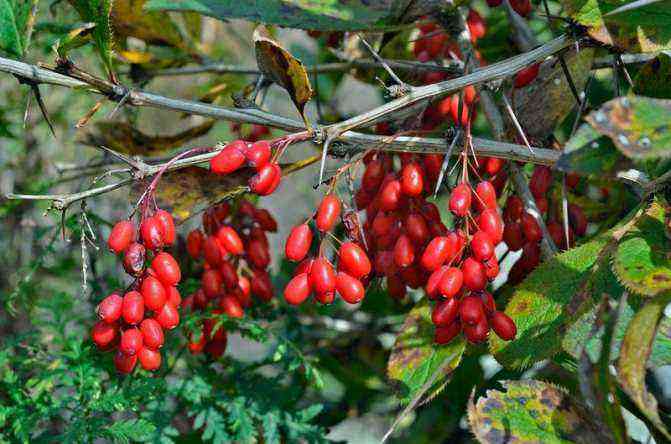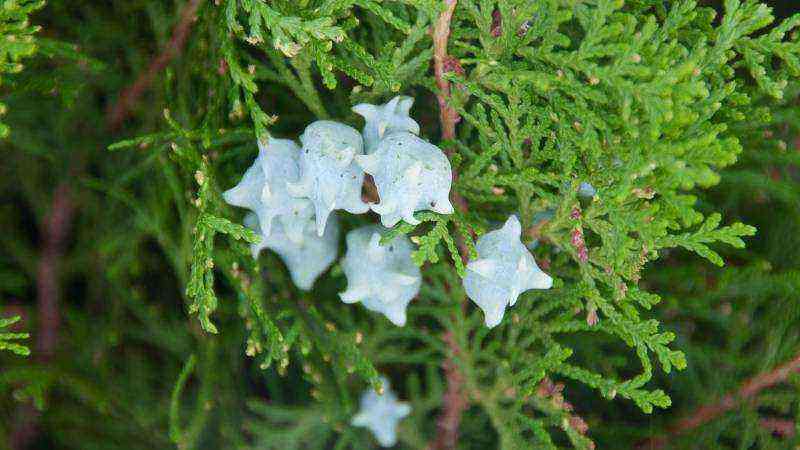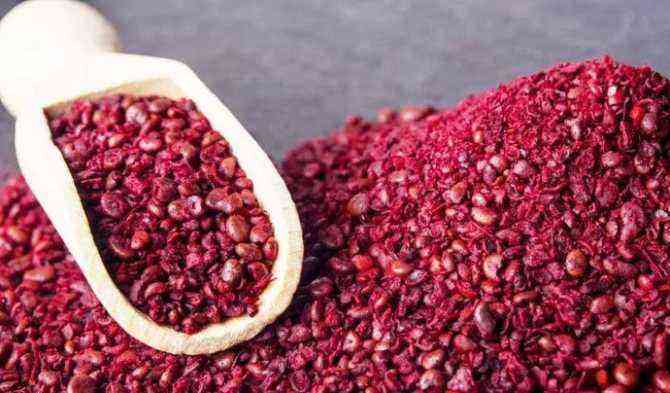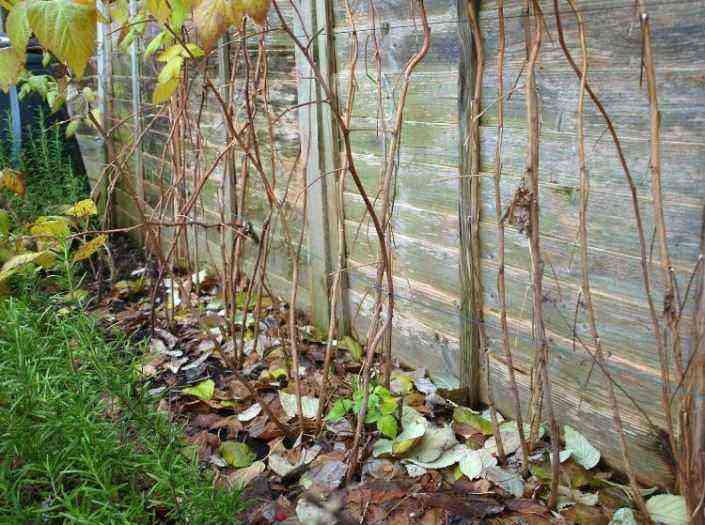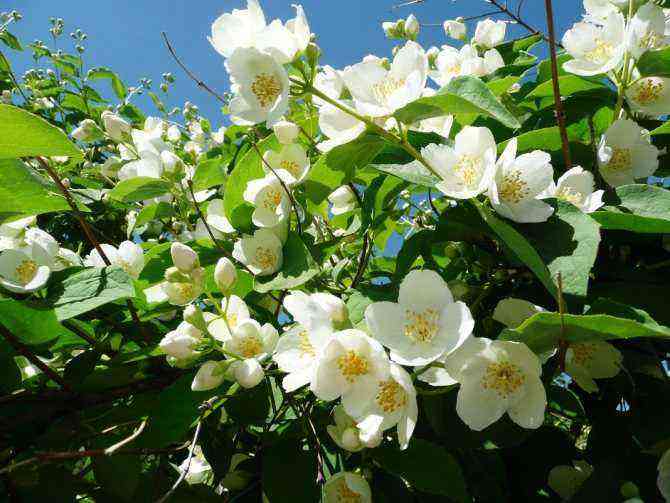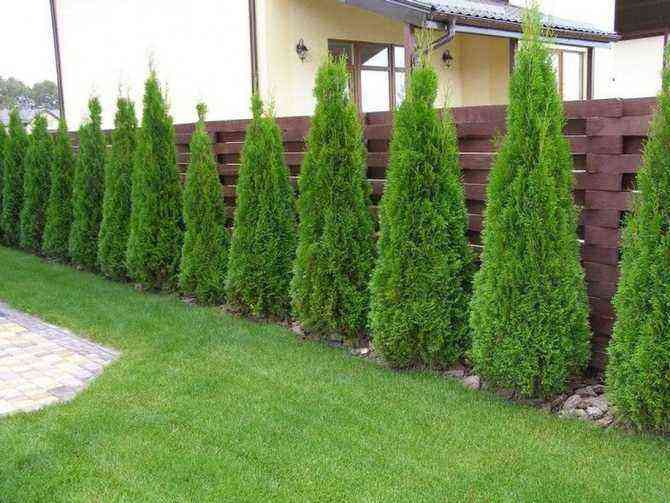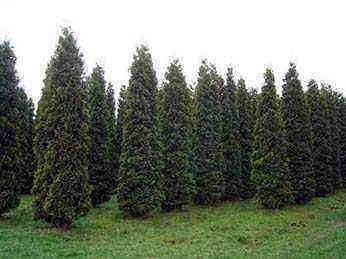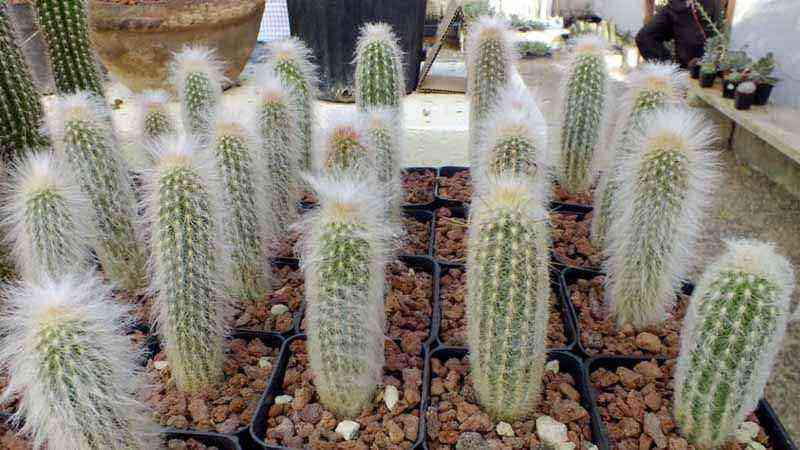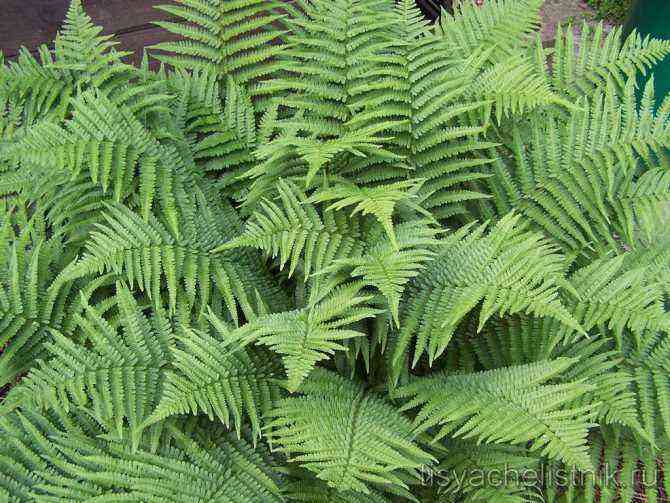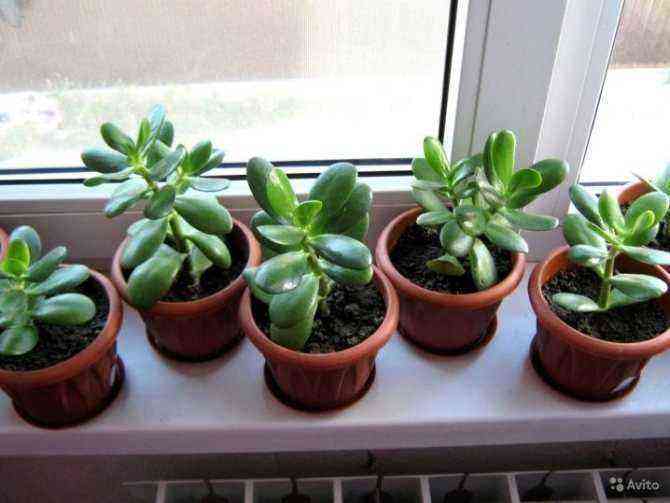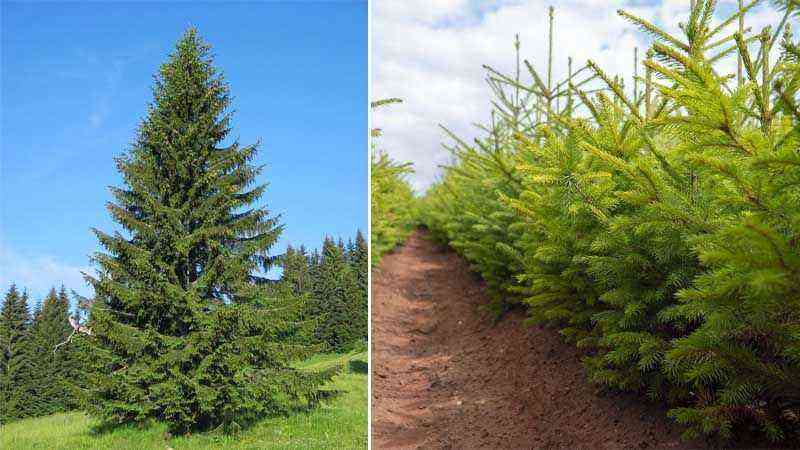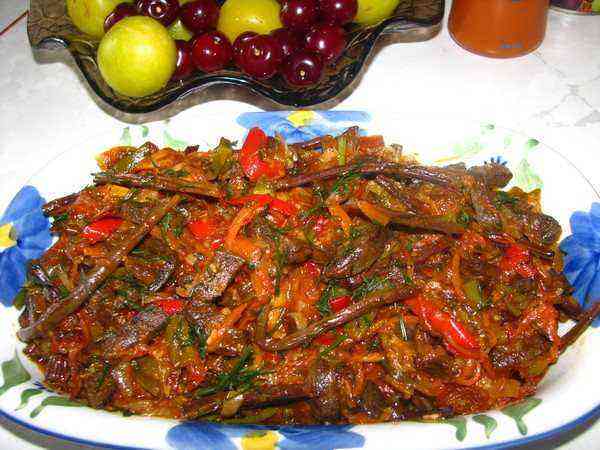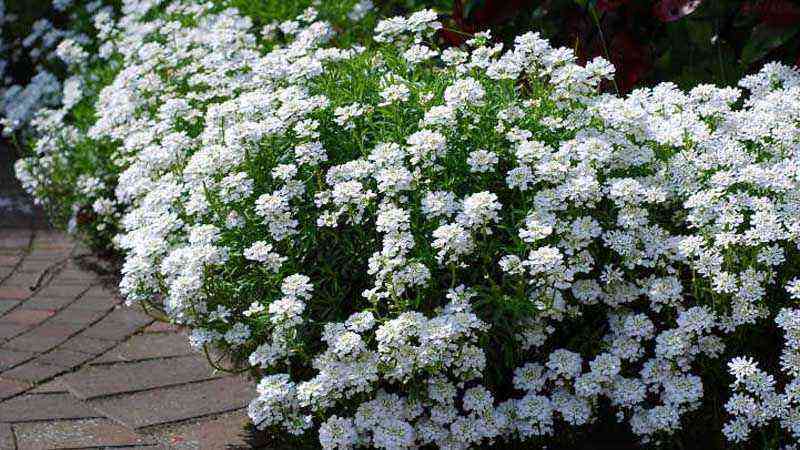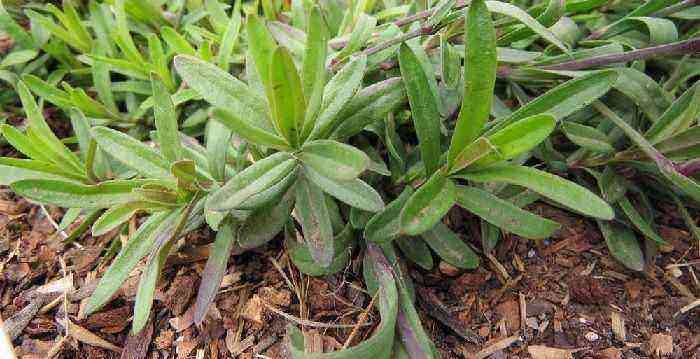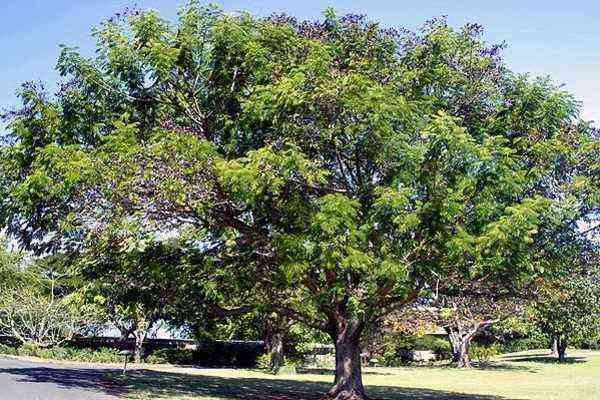Also known as a virgin vine, this deciduous climber is considered one of the best options to cover the wall of a house or a wall. Its elegance, its leaves, its colors in autumn, make the japanese ivy one of the most desired by gardeners and hobbyists. It is also a rustic, resistant and vigorous plant that will cover a wall or wall in a relatively short time.
Main characteristics of Japanese ivy (Parthenocissus tricuspidata)
This is a question that has a curious answer. As you know, one of the mechanisms of the climbers are the tendrils. Those of you who have beans in the garden know what’s going on. The point is that Parthenocissus tricuspidata it has, in addition to the tendrils, small suction cups at the tips of the same, making the ability of propagation and growth on vertical surfaces strong and vigorous.
The gender Parthenocissus Belongs to the Vitáceas family, They share a family with the vine (also climbing), and some species of the genus share forms and berry-shaped fruits similar to those of the vine.
Autumn is the star moment of Parthenocissus tricuspidata
If we talk about this climber now in October, it is neither more nor less because in Agromática we challenge you to give us examples of more beautiful walls than those that are dressed with the climbers of this genre Parthenocissus. A wall of a house covered with this climber in autumn will look like it is on fire if it is illuminated by the evening sun.
It is quite a show.
Being deciduous, winter reveals a tangle of logs and “wires” that form the skeleton of this prized tapestry. However, spring arrives immediately and the mantle of leaves will return green and vigorous to remain with this vivid color until autumn begins and gradually the leaves turn to that vivid purple red again.
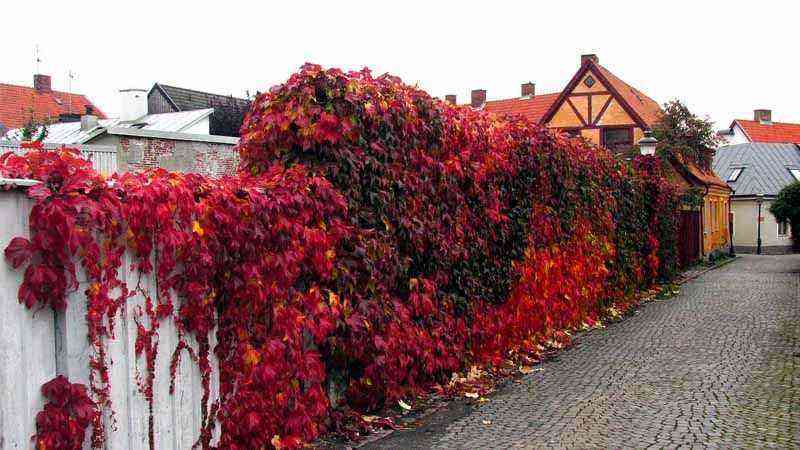

Japanese ivy care and conditions
Weather
It adapts to many types of climate within a range of cool and humid climates. Humid temperate climates are the best but it adapts to colder climates as well. He is able to withstand temperatures of -15 ºC so it is not afraid of frost.
Land
It is also rustic but since you love it, it prefers floors rich in organic matter, fresh and with high moisture retention. It tolerates drought well too. The only thing that it will not allow is waterlogging like the vast majority of plants that we discuss on the blog. We will rarely encounter tolerances for waterlogging.
A small recommendation regarding soil: It is advisable to cover with leaf mulch or garden compost twice a year. One in late fall and one in early spring. You can make the leaf mulch yourself with the leaves of the ivy itself if you compost them.
Initial care and propagation of Japanese ivy
The first years of life are usually the slowest and most complicated to carry out. You usually want to direct the plant and many times it is done in vain. As we have found in several places, it is better to make a growth knot at the base, from which new shoots will emerge.
To get a thick blanket of leaves on the wall the plant needs to be propagated adequately. For them we will make layers at the end of autumn or already in winter. Once the summer is over, the layering is taken to a mixture of substrate with peat and sand in equal parts and kept in a warm bed (optional).
You will think that pruning is essential, but it is not
Pruning these climbers is not essential. At first it is advisable to amputate some shoots to favor the growth of branches and thus achieve the desired density for the wall. When the Japanese ivy is settled and growing, we will only have to cut those areas that we do not want it to invade.
On the facades of houses, the most common pruning is done on balconies and windows.
Varieties of Japanese ivy
- Variety Veitchii: In most cases, if we go to a nursery for a Japanese ivy we will find this variety. It is the best known. Its leaves are red in color but slightly purple.
- Beverly Brook: with purple and red colorations in summer and orange in autumn
- Lowii: smaller leaves
- Green Spring: It is not very common because it has no advantages compared to Veitchii and it is also less vigorous than this.

